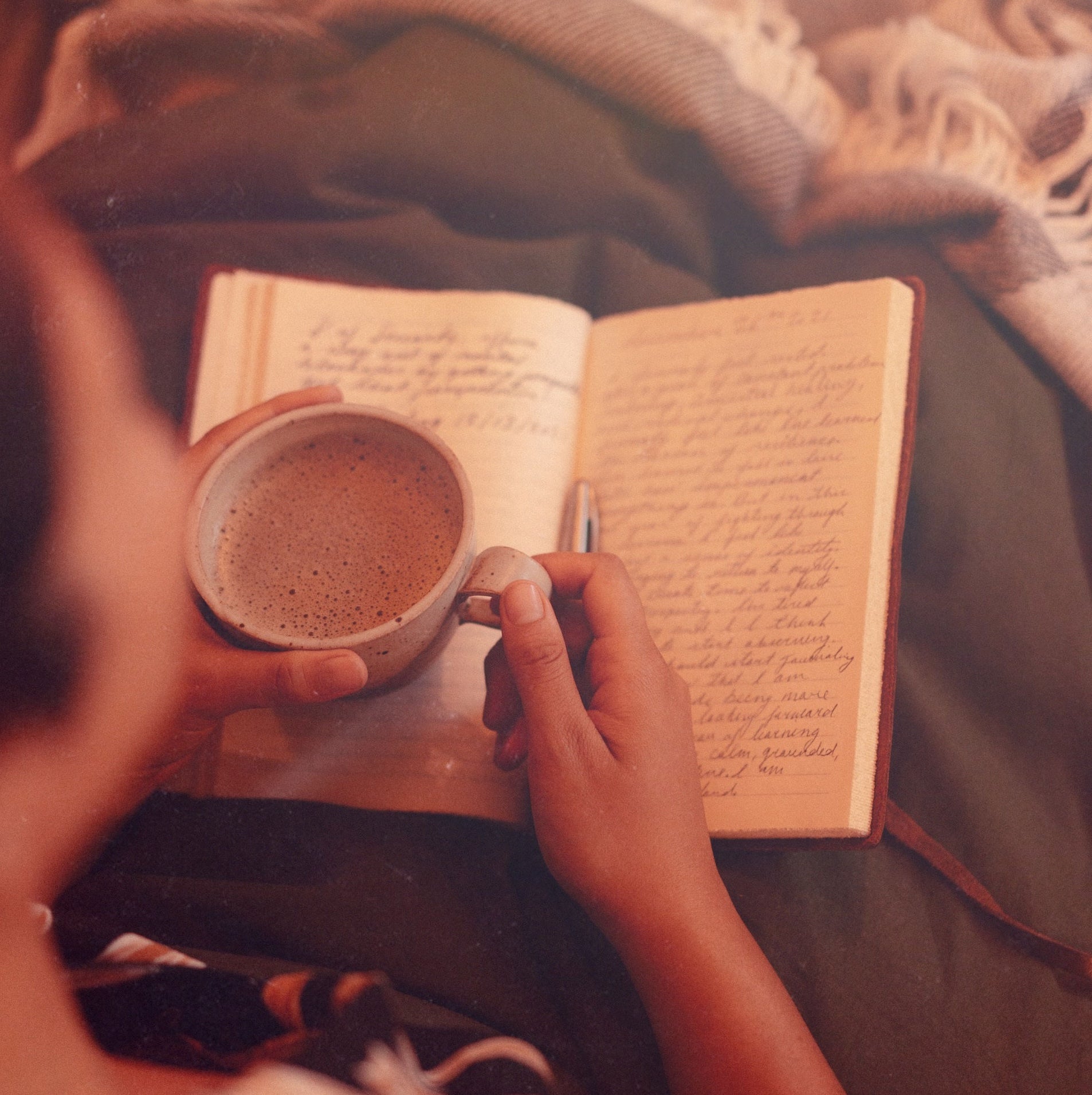
The Age of Eco-Anxiety
The effects of the climate crisis on our mental health, how to navigate it, and the importance of self-care & joy in activism.
We’re currently facing one of the biggest existential crises of our lifetime. We’re constantly shown ecological disasters on our screens, told of climate catastrophes in the news, and witness environmental degradation in our own communities. For many of us, the joy that nature brings can easily be overshadowed by feelings of hopelessness and anxiety. According to scientists, environmental concerns aren’t just affecting our conversations and lifestyle choices, they’re affecting our mental health, too.
Eco-anxiety has been defined as “the chronic fear of environmental doom,” “persistent worries about the future of the Earth and the life it shelters,” and “mental distress or anxiety associated with worsening environmental conditions.” In a 2021 survey of 10,000 young people across 10 countries, nearly 60% of respondents felt “very worried” or “extremely worried” about climate change, and reported that this made them feel “sad” “afraid” and “anxious”. The psychological effects of the climate crisis on young people and activists over recent years has been noteworthy, and to some degree, we can probably all relate.
“The reason why some things feel too big to be felt alone is that they are. A lot of our distress is bigger than one body, or one generation.”
Allowing anxieties to inform, rather than control
Eco-anxiety, and any feelings close to it, are a natural human response to the world we’re living in. Fear about climate change indicates an understanding of reality and a level of empathy. The current climate crisis is overwhelming, and an emotional response to that overwhelm is valid.
Acknowledging anxiety and grief can be the healthy motivation that drives passion to create meaningful change. It is possible to validate pain while highlighting possibility. “But it is not enough to weep for our lost landscapes; we have to put our hands in the earth to make ourselves whole again. Even a wounded world is feeding us. Even a wounded world holds us, giving us moments of wonder and joy. I choose joy over despair” says Robin Wall Kimmerer, an indigenous botanist, author, and member of the Citizen Potawatomi Nation.
As we take action, we can still center hope and pleasure while increasing our capacity for discomfort. “How would we organize and move our communities if we shifted to focus on what we long for and love rather than what we are negatively reacting to?” says adrienne maree brown, an activist, black feminist, and author of Pleasure Activism. What if the path to action was one fueled by joy rather than impending doom?
Self-care is Sustainable
Action based on deficit thinking is fueled by the belief that there is never enough time, energy, or support to “save the world”, and that we are never doing enough. To move our activism from a place of scarcity to a place of joyful abundance, the prioritization of self-care is a must. Ruth Łchav’aya K’isen Miller, a Dena'ina Athabaskan activist for climate justice and Indigenous rights, says “You have to tend to your own fire and kindle your own flame before you can keep others warm.”
Self-care looks different for everyone, and it doesn’t have to entail a candlelit bubble bath or a day at the spa (although it can). Self-care can also be spending alone-time in nature, connecting with community, or tending a garden. But perhaps the best thing we can do for ourselves is to keep things in perspective.
“Debunk the idea that you have to be a full-time activist in order to be doing anything for the world. I actually think you have to be a full-time human because you have to be paying attention to the fact that you’re already connected.”
adrienne maree brown, Pleasure Activism
































